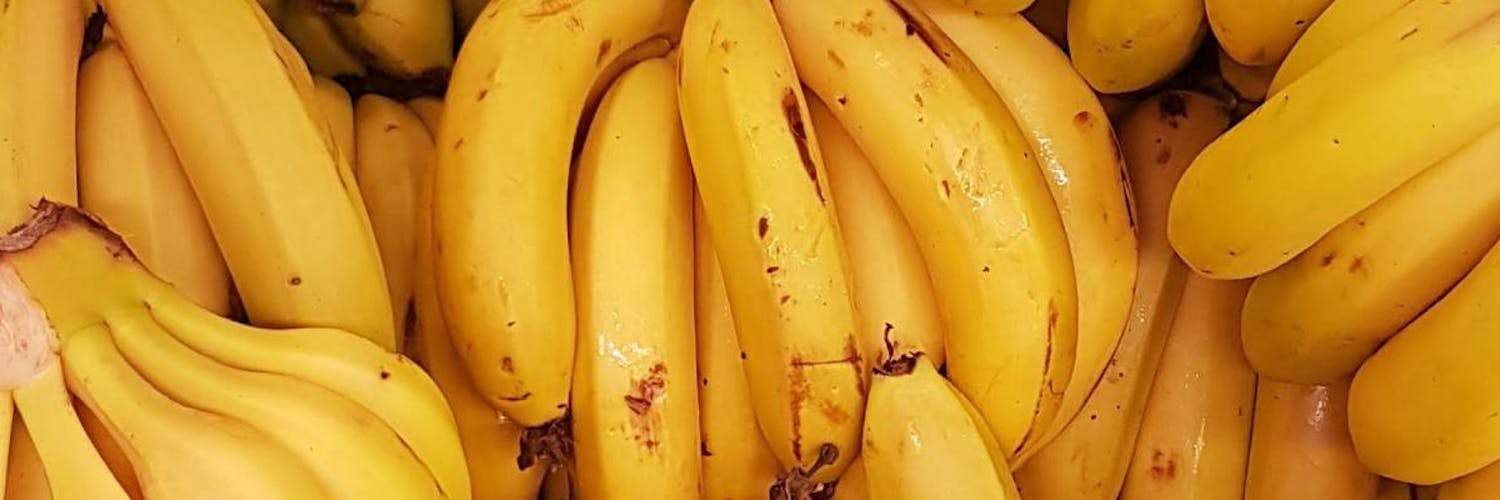How to make homemade fertilisers
Did you know you can share your morning coffee with your plants? Occasionally, it is essential to add fertiliser to the substrate of our plants, especially when they are potted, to supplement the amount of available nutrients; because this improves the fertility and lifespan of the plant.

Although it is possible to purchase organic compost (it can be found in our shop in the accessories section), some organic waste can be recycled to make homemade compost.
The benefits of home composting
Commercial fertilisers and plant foods have their appeal; they are quite effective and practical; however, they are delicate to use because they are very concentrated and can affect the nutrient balance of the substrate if not used correctly. On the other hand, they can pollute if made with artificial components and many contribute to excessive soil acidification. For this reason, even if you buy ready-to-use fertilisers, it is better that they are organic.
Homemade organic fertilisers are great because:
- They reduce the amount of waste, as you can use some of it to feed your plants.
- Being made from recycled materials, they are cheaper and more environmentally friendly.
- They are gentle. They do not drastically alter the chemical balance of the substrate, so they do not harm your plant.
- They provide your plants with a range of nutrients gently and naturally.
- Many also work as natural repellents against certain pests.
Recipes for homemade fertilisers
Bananas are rich in potassium and their skin is abundant in this nutrient that your plant needs to perform effective photosynthesis and to build resistance to pests. To make your banana compost, boil a couple of banana skins for 15 minutes. Let it cool and water your plant with this brew.
Eggshell fertilisers
Eggshells are rich in calcium carbonate and other minerals, and can also serve as an insect repellent against slugs and caterpillars. Rinse and dry the eggshells. Then grind them with a mortar and pestle or a food processor. Add the powder around the base of the plants to use as an insecticide and mix it into the substrate to work as a fertiliser.
Wood ash compost
If you have a fireplace or have done a wood-burning roast, you can use the leftover ash as compost; because it contains large amounts of potassium and calcium and also repels ants and other insects. To use it as a fertiliser, simply take a handful of ash and dissolve it in water. Water your plant or spread it on the soil.
Coffee grounds compost
Don't throw away the leftover coffee grounds each morning, as they can be used as fertiliser for your plants. Coffee is great for acid-loving plants (gardenia, camellias, hydrangeas, fuchsias, azaleas, rhododendrons, anthuriums, ferns, begonias, cyclamen, dahlias, among others) because it slightly alters the soil pH to favour their development, as well as containing nitrogen and essential minerals. Additionally, earthworms love it (which are wonderful for your plant) and it keeps certain pests away.
To make compost with coffee grounds, you need to let them dry after making the coffee. You can place them on a tray near a window. Then mix this dry coffee with your plant's substrate in a proportion of 10% or less. Remember to use it in minimal amounts, because you can significantly alter the pH of the substrate.
You can also make a liquid fertiliser by mixing coffee with water (in small quantities) and letting it sit overnight. Then you can water the plant with the mixture. If you have leftover coffee in the coffee maker and you have one of these acid-loving plants, you can apply it directly, diluting it very well with water.
Fertiliser with rice water
When you wash and rinse the rice before cooking, do not throw away the whitish water that remains. Use it to water your plants regularly. This water contains micronutrients that can be absorbed by the roots. I use it with my succulents, and it keeps them beautiful, growing very quickly and very healthy.
Fertiliser with apple cider vinegar
Apple cider vinegar is spectacular for acid-loving plants. To prepare it, dissolve a teaspoon per litre of water and water the plant with this mixture. It should be done once every 2 or 3 months, overdoing it can have the opposite effect and damage your plant.
Fertiliser should be applied seasonally, respecting the plant's life cycles. If you have purchased from our online shop, you will surely have a card that summarises the care of your plant and fertilisation recommendations. You can also consult our dedicated care section. Homemade fertilisers, however, are usually very gentle on plants, so you can apply them a bit more freely. I'm sure your plants will thank you and become even more beautiful.
FAQs
What are the benefits of making homemade compost?
Homemade compost reduces waste, is cost-effective and eco-friendly, doesn’t drastically alter the chemical balance of the soil, provides nutrients naturally and gently, and can act as a natural pest repellent.
How can I make homemade fertilizers using common ingredients?
You can use banana peels, eggshells, wood ashes, coffee grounds, rice water, or apple cider vinegar to create nutrient-rich fertilizers containing potassium, calcium, nitrogen, and micronutrients. Each ingredient requires specific preparation methods to maximize its benefits.
What precautions should I take when using homemade fertilizers?
It’s essential to apply them in moderation and respect each plant’s specific needs, especially regarding soil pH. Fertilizers should also be used at the appropriate stages of the plant’s life cycle to avoid adverse effects.


